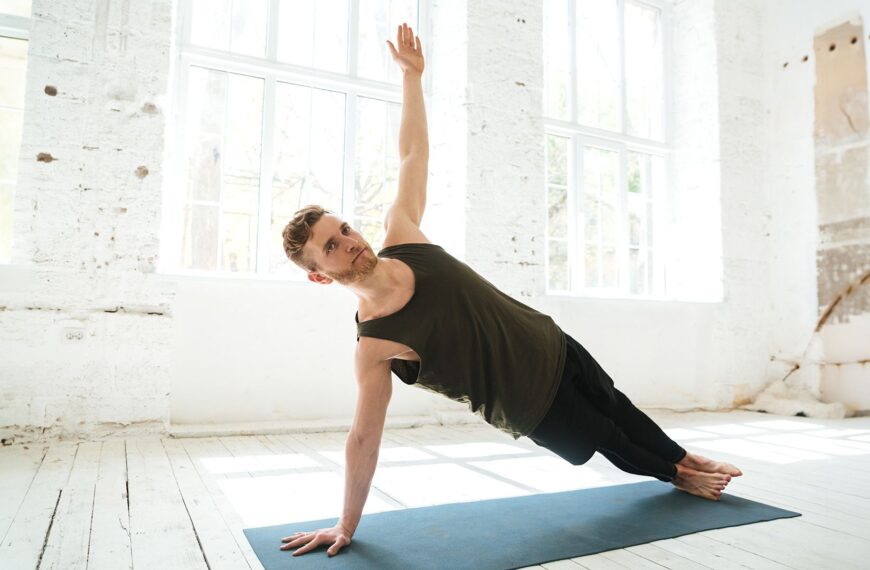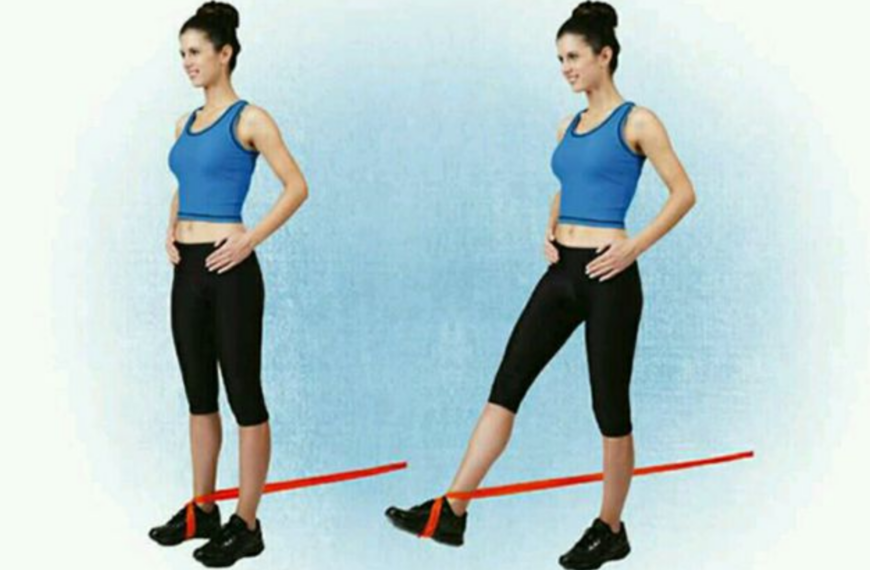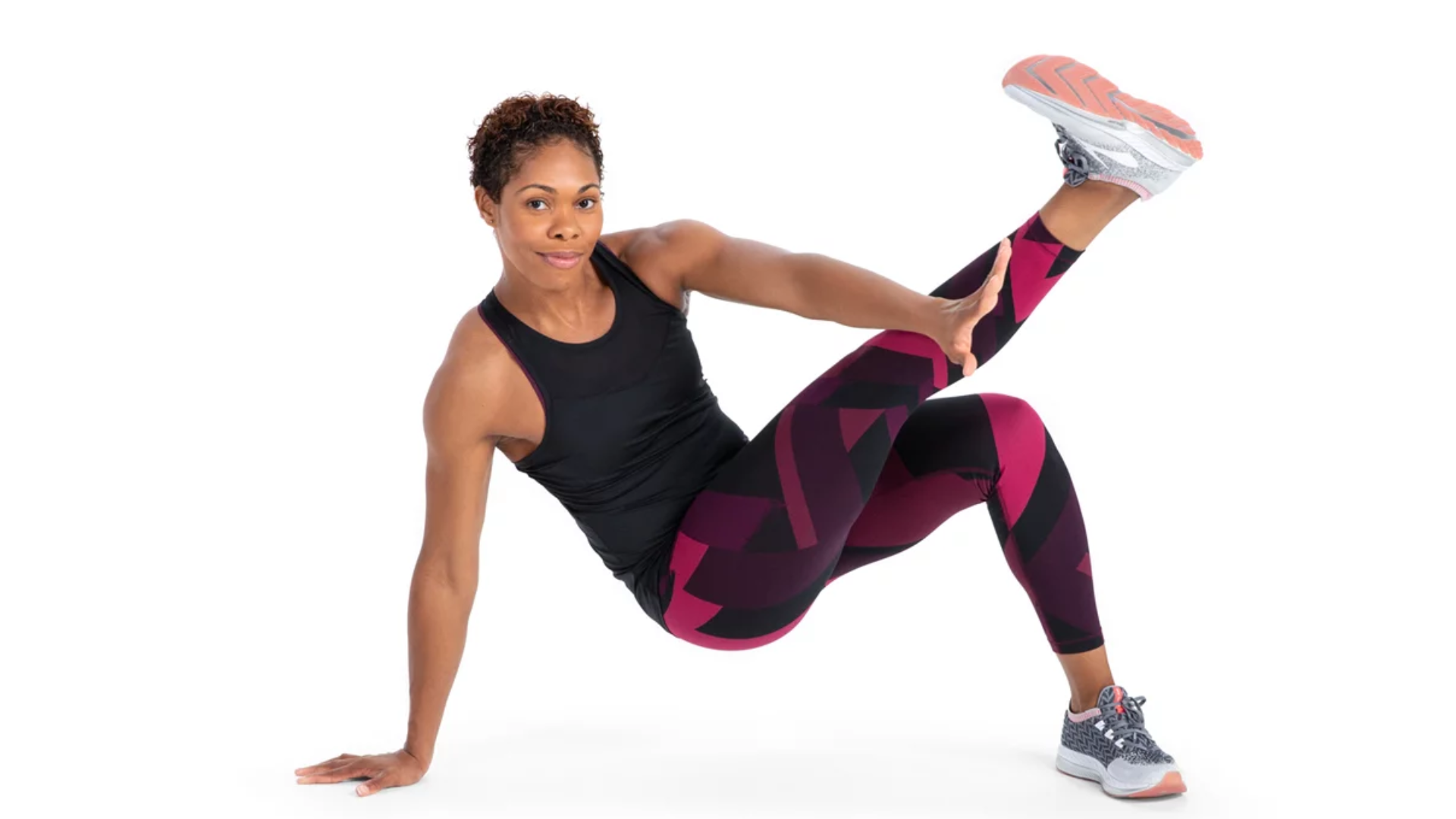The Crab Bridge exercise is a bodyweight-based movement that targets the abs and glutes. It is a simple yet effective exercise that can be performed by individuals of all fitness levels.
In this article, we will explore the Crab Bridge exercise in detail, including its definition, how to perform it, variations, benefits, and how to incorporate it into a workout routine.
Additionally, we will provide tips for maximizing the benefits of the Crab Bridge exercise, precautions, and potential risks associated with it. Finally, we will provide a full-body workout plan using the Crab Bridge exercise.
Summary
- The article covers the Crab Bridge Exercise, including its definition, muscles worked, and importance in strengthening the core and glutes.
- It provides step-by-step instructions on how to perform the exercise correctly and highlights common mistakes to avoid.
- The article also discusses the benefits of the Crab-Bridge Exercise, variations, incorporating it into a workout routine, FAQs, tips for maximizing benefits, precautions, and potential risks associated with the exercise.
What is the Crab Bridge Exercise?
The Crab Bridge exercise is a bodyweight-based movement that is often used in calisthenics, CrossFit, and physiotherapy exercises. The exercise involves lying on your back with your knees bent and your hands placed behind your head.
From this position, you lift your hips off the ground, creating a bridge-like shape with your body. The exercise is called the Crab Bridge because the position resembles that of a crab.
Definition and history of the Crab Bridge exercise
The Crab-Bridge exercise is a relatively new exercise that has gained popularity in recent years. It is often included in bodyweight-based workouts due to its simplicity and effectiveness.
The exercise is a variation of the glute bridge exercise, which is a common exercise used to strengthen the glutes, hamstrings, and lower back muscles.
Muscles worked by the Crab Bridge exercise
The Crab-Bridge exercise primarily targets the glutes, hamstrings, and lower back muscles. However, it is also beneficial for strengthening the core muscles, including the abs and obliques.
The exercise requires stability and control, making it an excellent exercise for improving balance and coordination.
Importance of the Crab Bridge exercise in strengthening the core and glutes
The Crab-Bridge exercise is an effective exercise for strengthening the core and glutes. Strong core muscles are essential for good posture and reducing the risk of lower back pain. Glute strength is also crucial for overall lower body strength and stability. The Crab-Bridge exercise is a great way to target both of these muscle groups simultaneously.
How to Perform the Crab Bridge Exercise
Performing the Crab Bridge exercise is relatively simple, but proper form is essential to get the most benefit out of the exercise. Here are step-by-step instructions on how to perform the Crab-Bridge exercise:
- 1. Lie on your back with your knees bent and your feet flat on the ground.
- 2. Place your hands behind your head, with your elbows pointing out to the sides.
- 3. Lift your hips off the ground, creating a bridge-like shape with your body.
- 4. Hold the position for a few seconds, then lower your hips back down to the ground.
- 5. Repeat the exercise for the desired number of repetitions.
Common mistakes to avoid while performing the Crab Bridge exercise
One common mistake people make while performing the Crab Bridge exercise is lifting their hips too high. This can cause unnecessary stress on the lower back and reduce the effectiveness of the exercise. Another mistake is lifting the head and neck off the ground while performing the exercise, which can strain the neck muscles. To avoid these mistakes, focus on keeping the hips and head in a neutral position throughout the exercise.
Benefits of the Crab Bridge Exercise
The Crab-Bridge exercise has numerous benefits for the body and mind. Here are some of the benefits of the Crab Bridge exercise:
Physical benefits of the Crab Bridge exercise for the body
- 1. Improved glute and core strength
- 2. Increased stability and balance
- 3. Reduced risk of lower back pain
- 4. Improved posture and alignment
- 5. Increased range of motion in the hips and lower back
- 6. Improved athletic performance
Mental benefits of the Crab Bridge exercise for the mind
- 1. Reduced stress and anxiety
- 2. Improved focus and concentration
- 3. Enhanced mood and well-being
Variations of the Crab Bridge Exercise
There are several variations of the Crab-Bridge exercise that can be used to target different muscle groups and add variety to your workout routine. Here are some of the variations of the Crab-Bridge exercise:
1. Crab Glute Bridge
The Crab Glute Bridge is a variation of the Crab-Bridge exercise that targets the glutes and hamstrings. To perform the Crab Glute Bridge, lift one leg off the ground while keeping the other leg bent and your hips elevated. Alternate legs for the desired number of repetitions.
2. Single-Leg Crab Bridge
The Single-Leg Crab Bridge is another variation of the Crab-Bridge exercise that targets the glutes and hamstrings. To perform the Single-Leg Crab-Bridge, lift one leg off the ground while keeping the other leg bent and your hips elevated. Hold the position for a few seconds, then lower your hips back down to the ground. Repeat the exercise for the desired number of repetitions, then switch legs.
How to modify the Crab Bridge exercise for different fitness levels and goals
To modify the Crab-Bridge exercise for different fitness levels and goals, you can adjust the number of repetitions, sets, and rest periods. For beginners, start with a lower number of repetitions and sets and gradually increase the intensity over time. For advanced exercisers, you can add resistance by using a resistance band or holding a weight across your hips.
| Exercise Variation | Muscles Targeted | How to Perform |
|---|---|---|
| Crab Glute Bridge | Glutes, Hamstrings | Lift one leg off the ground while keeping the other leg bent and your hips elevated. Alternate legs for the desired number of repetitions. |
| Single-Leg Crab Bridge | Glutes, Hamstrings | Lift one leg off the ground while keeping the other leg bent and your hips elevated. Hold the position for a few seconds, then lower your hips back down to the ground. Repeat the exercise for the desired number of repetitions, then switch legs. |
| Crab-Bridge with Resistance Band | Glutes, Hamstrings, Core | Place a resistance band around your thighs, just above your knees. Perform the Crab Bridge exercise while maintaining tension on the resistance band. |
| Elevated Crab-Bridge | Glutes, Hamstrings, Core | Place your feet on an elevated surface, such as a step or bench, while performing the Crab Bridge exercise. This increases the range of motion and adds an extra challenge to the exercise. |
Incorporating the Crab Bridge Exercise into a Workout Routine
The Crab Bridge exercise can be incorporated into a 20-minute bodyweight workout plan that targets the abs and glutes. Here is an example of a workout routine that includes the Crab-Bridge exercise:
- Warm-up: 1 minute of jumping jacks
- Exercise 1: 10 repetitions of the Crab-Bridge exercise
- Exercise 2: 10 repetitions of mountain climbers
- Exercise 3: 10 repetitions of single-leg glute bridge
- Exercise 4: 10 repetitions of single-leg Crab-Bridge
- Exercise 5: 10 repetitions of plyometric lunges
- Cool-down: 1 minute of stretching
Complementary exercises that can be paired with the Crab Bridge exercise
The Crab-Bridge exercise can be paired with other bodyweight exercises to create a full-body workout routine. Some complementary exercises that can be paired with the Crab-Bridge exercise include:
- 1. Mountain climbers
- 2. Jump squats
- 3. Plank variations
- 4. Lunges
- 5. Burpees
Tips for Maximizing the Benefits of the Crab Bridge Exercise
To get the most out of the Crab-Bridge exercise, here are some additional tips:
- 1. Focus on proper form and technique
- 2. Use your glutes and core muscles to lift your hips off the ground
- 3. Breathe deeply and evenly throughout the exercise
- 4. Increase the intensity gradually over time
- 5. Combine the Crab-Bridge exercise with other bodyweight exercises for a full-body workout
Precautions and Potential Risks Associated with the Crab Bridge Exercise
While the Crab Bridge exercise is generally safe for most people, there are some precautions and potential risks to be aware of. Here are some tips to avoid injury while doing the Crab-Bridge exercise:
- 1. Use proper form and technique
- 2. Avoid overexertion and fatigue
- 3. Warm up properly before starting the exercise
- 4. Cool down and stretch after the exercise
- 5. Listen to your body and avoid pushing yourself too hard
Potential risks and how to avoid injury while doing the Crab Bridge exercise
One potential risk of the Crab-Bridge exercise is lower back pain if performed incorrectly. To avoid this, focus on using your glutes and core muscles to lift your hips off the ground, rather than relying on your lower back muscles. Another potential risk is neck strain if you lift your head and neck off the ground while performing the exercise. To avoid this, keep your head and neck in a neutral position throughout the exercise.
Conclusion
The Crab-Bridge exercise is a simple yet effective way to strengthen the core and glutes. By incorporating this exercise into your workout routine, you can improve your overall fitness and well-being. Remember to use proper form and technique, and gradually increase the intensity over time. With these tips and a little practice, you can master the Crab-Bridge exercise and enjoy its many benefits.
Frequently Asked Questions (FAQs) about the Crab Bridge Exercise
Here are some commonly asked questions about the Crab-Bridge exercise:
Q: Is the Crab Bridge exercise effective for weight loss?
A: The Crab-Bridge exercise is not specifically designed for weight loss, but it can be an effective way to strengthen the core and glutes, which can improve overall fitness and metabolic health.
Q: Is the Crab Bridge exercise safe for everyone?
A: The Crab-Bridge exercise is generally safe for most people, but it is important to use proper form and technique to avoid injury. If you have any pre-existing injuries or medical conditions, it is recommended that you consult with a medical professional before starting any exercise program.
Q: How many times per week should I do the Crab Bridge exercise?
A: The frequency of the Crab-Bridge exercise will depend on your fitness level and goals. For beginners, it is recommended to start with one to two sessions per week and gradually increase the frequency over time.
Q: Can I do the Crab Bridge exercise at home?
A: Yes, the Crab-Bridge exercise can be done at home with no equipment required.
Q: How long should I hold the Crab Bridge position?
A: It is recommended to hold the Crab-Bridge position for 10-15 seconds for each repetition.
Merlin App for Crab Bridge
The Merlin App can assist individuals with exercises like the Crab Bridge by offering real-time feedback and guidance. When performing the Crab Bridge, the app’s AI can analyze your form and technique, ensuring that you maintain the correct posture and engage the right muscles to maximize the effectiveness of the exercise while minimizing the risk of injury.
Additionally, the voice feedback feature can provide verbal cues and encouragement to help you stay motivated and maintain proper form throughout the Crab-Bridge exercise. This personalized assistance can be invaluable in helping users perform the Crab-Bridge and other exercises correctly and safely as part of their full-body workout routines.












